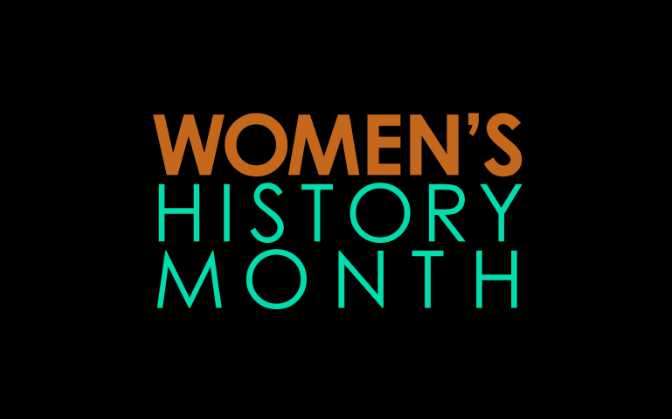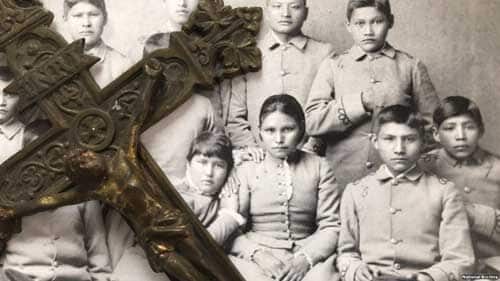What started at the turn of the century as an effort to gain a day of recognition for the significant contributions the first Americans made to the establishment and growth of the U.S., has resulted in a whole month being designated for that purpose.
The first American Indian Day in a state was declared on the second Saturday in May 1916 by the governor of New York. Several states celebrate the fourth Friday in September. In Illinois, for example, legislators enacted such a day in 1919. Presently, several states have designated Columbus Day as Native American Day, but it continues to be a day we observe without any recognition as a national legal holiday.
In 1990 President George H. W. Bush approved a joint resolution designating November 1990 “National American Indian Heritage Month.” Similar proclamations, under variants on the name (including “Native American Heritage Month” and “National American Indian and Alaska Native Heritage Month”) have been issued each year since 1994.
President Obama proclaimed November as National Native American Heritage Month on November 1st.
Heritage Month is a time to celebrate the rich and diverse cultures, traditions, and histories and to acknowledge the important contributions of Native people. Heritage Month is also an opportune time to educate the general public about tribes, to raise a general awareness about the unique challenges Native people have faced both historically and in the present, and the ways in which tribal citizens have worked to conquer these challenges.
Alaska’s Senator Begich released a statement yesterday. His statement can be read below.
“Before the Senate breaks for the Thanksgiving holiday, I want to recognize Alaska’s first peoples in honor of Native American Heritage month, celebrated during the entire month of November. Alaska is home to 229 federally recognized tribes. This month we honor all of them from the Tlingit and Haida in Southeast, to the Athabascan in the Interior, to the Inupiaq, Yup’ik and Aleut along the coastlines. Alaska Native people have called our great state home since time immemorial.”
“Alaska Native tribal governments, non-profits, health organizations, corporations, armed service men and women, artists, teachers and cultural bearers, continue to make significant contributions to the fabric of Alaskan society. Without these influences, Alaska would not be what it is today. This is why we must continue to honor the brave sacrifices made by Alaska Native civil rights heroes such as Elizabeth and Roy Peratovich who fought against discrimination in their own homelands. We have come far since those days, but there is much work to be done moving forward.”
|
|
“As we continue to strengthen and grow Alaska’s economy, it is crucial that Alaska Native tribes, villages, non-profits and corporations are a part of this effort. As I have said before, we cannot have a strong urban Alaska unless rural Alaska is thriving too.”
“Native American Heritage month gives us all the opportunity to reflect and honor the contributions that Alaska Native’s and Native Americans have made in Alaska and in the entire United States. I hope that all Alaskan’s join me in celebrating Alaska Native culture and heritage and that we continue to work together to build strong, healthy communities in both urban and rural Alaska.”
November 23rd is Native American Heritage Day.








